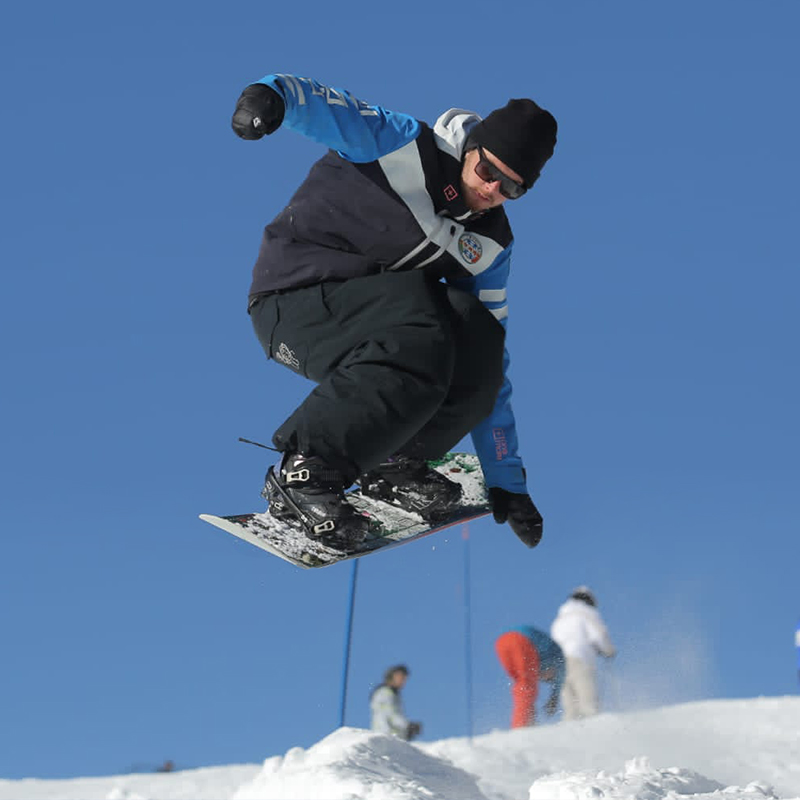Snowboard Equipment Rental: Complete Guide with z-one Rent Ski Marilleva
If you're excited to tackle the snowy slopes in style and comfort, z-one Rent Ski Marilleva is your premier destination for renting the ideal snowboard equipment. With our large selection of high-quality equipment and our industry expertise, renting snowboard equipment with us becomes a simple and convenient experience.
What you need to start your snow journey on the right foot:
● Snowboard rental
Choosing the right board depends on several factors, including your experience level and preferred snowboarding style. If you are a beginner, you may prefer a more flexible board, while more advanced snowboarders may prefer stiffer boards.
The length and shape of the board play a key role in performance on snow. Shorter boards offer greater maneuverability, making them ideal for beginners and freestylers. On the other hand, longer boards offer more stability and control at high speeds, making them preferred by more experienced, speed-oriented snowboarders.
● Snowboard boot rental
Make sure you choose snowboard boots that offer good ankle support and a comfortable fit. It is important that the boots are suitable for your size and that they fit well with the snowboard you have chosen.
Boots provide the necessary ankle support and transmit your body movements to the board, directly influencing your ability to control and maneuver on snow. They must necessarily fit well and must offer a comfortable and secure fit, in order to maximize comfort and reduce the risk of injury while snowboarding.
● Snowboard helmet rental
Head safety is paramount when snowboarding, so make sure you always wear a protective helmet. A snowboard helmet offers impact protection during falls and collisions, reducing the risk of head and neck injuries. It is important to choose a helmet that fits the shape of your head correctly and offers adequate protection. Opt for a lightweight but durable helmet, made with high-quality materials that absorb impacts.
Also look for a helmet that has an adjustment system that allows you to adapt it perfectly to the shape of your head, ensuring a secure and comfortable fit during your snowboarding sessions.
● Snowboard goggle rental
Snowboard goggles are essential for protecting your eyes from intense sunlight, snow and wind, ensuring clear vision and optimal protection against the elements.
It is important to look for glasses that have high-quality lenses that offer clear vision and effective protection. Choose glasses with anti-fog lenses that maintain clarity of vision even in the most humid conditions and with UV protection to protect your eyes from the sun's rays.
- Pre-mountain physical preparation:
Physical preparation is essential to best enjoy the snowboarding experience and reduce the risk of injury. Here are some tips to prepare yourself physically before snowboarding:
- Muscle strengthening exercises
Focus on exercises that strengthen the muscles of your legs, core and upper body.
Squats, lunges, push-ups and weight exercises are great for improving the strength and muscular endurance needed to withstand all the vibrations and impacts created by snowboarding and snow.
- Balance and stability exercises
Practice on a fitness ball or balance board to improve your stability and coordination. Plyometric exercises, such as deep jumps and lateral jumps, can also help improve your responsiveness and balance.
- Cardiovascular exercises
Snowboarding is a physically demanding activity that requires cardiovascular endurance.
Running, swimming, cycling or doing high-intensity training sessions are great ways to improve your endurance and increase your cardiovascular capacity.
- Stretching and mobility
Make sure you take the time to stretch before and after every training or snowboarding session. Stretching helps improve muscle flexibility and joint mobility, reducing the risk of injury and improving performance.
- Specific snowboard practice
Nothing prepares you better for snowboarding than snowboarding itself! If possible, practice in the snow to become familiar with the activity and improve your skills. Even if you can't practice on the snow, you can simulate snowboarding movements in the gym or with specific exercises at home.
Tips before leaving:
- Check the Weather and Snow Conditions:
Before leaving, check the weather forecast and snow conditions in the area where you intend to snowboard. This will help you prepare properly and adapt your clothing and equipment to the expected conditions.
Wear the Appropriate Clothing:
- Invest in technical clothing that will keep you warm and dry during your day on the snow. Make sure you wear thermal layers, waterproof jackets and trousers, gloves and hats suitable for cold temperatures.
- Protect Yourself with a Helmet and Protectors:
Wearing a helmet is essential to protect your head from impacts during falls. Also consider using knee and elbow protectors, especially if you are new to snowboarding.
- Choose the Right Equipment:
Make sure you have a snowboard suited to your skill level and snow conditions. Check that the bindings are well adjusted and that the boots are comfortable and well laced.
- Practice the Right Posture and Technique:
Before tackling more challenging slopes, practice correct posture and basic techniques in a safe area, such as a snowy carpet or a gentle slope.
- Respect the Rules on the Tracks:
Know and respect the rules of conduct on the slopes, such as giving priority to skiers who are downstream and respecting the danger signs.
- Don't Neglect Warm Ups and Stretching:
Before starting your snowboarding session, make sure you do a proper warm-up and stretching to prepare your muscles and reduce the risk of injury.
- Maintain Adequate Hydration Level:
While you may not feel thirsty due to the cold temperatures, it's important to hydrate regularly throughout the day. Carry a water bottle with you and take frequent drinking breaks.
- Know Your Limits:
Be aware of your limits and don't take excessive risks. Gradually increase the difficulty of the slopes as you gain confidence and skill in snowboarding.
- Make sure you have an adventure buddy:
Preferably, go snowboarding with an adventure buddy. This way you can give each other support and deal with any emergency situations together.

 SKI RENTAL
SKI RENTAL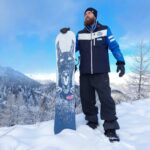 SNOWBOARD RENTAL
SNOWBOARD RENTAL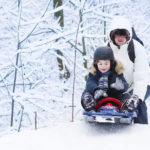 BOOTS AND ACCESSORIES
BOOTS AND ACCESSORIES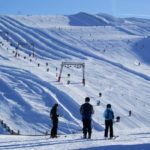 LESSONS
LESSONS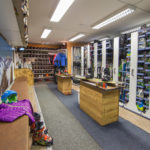 DEPOSIT
DEPOSIT